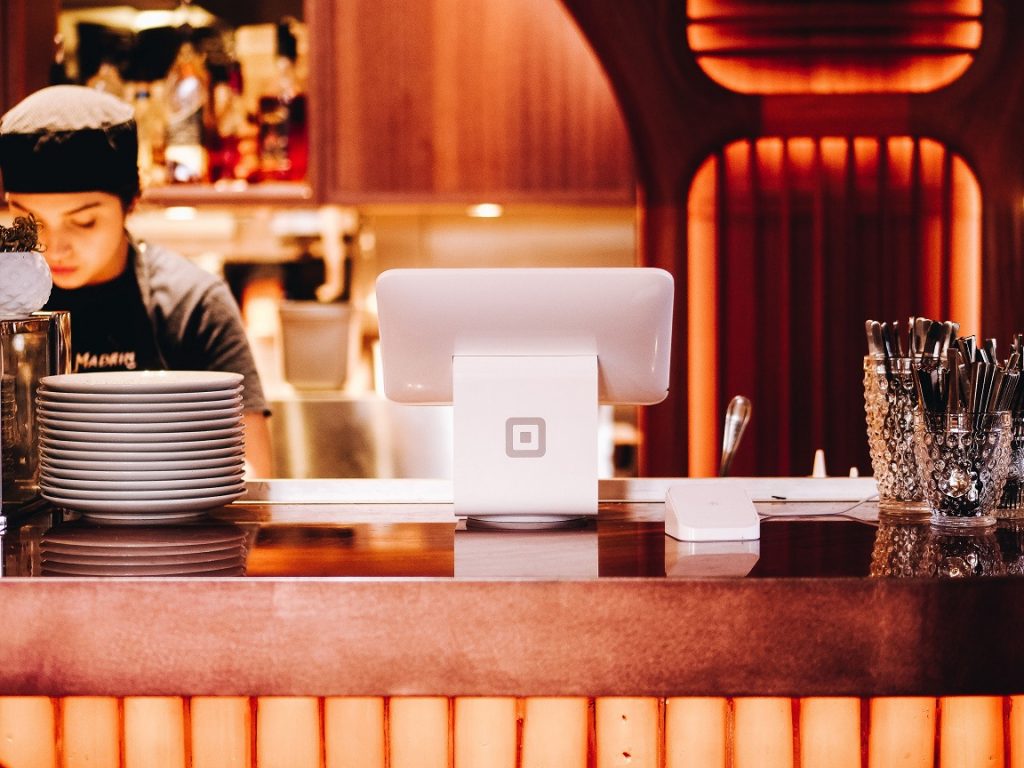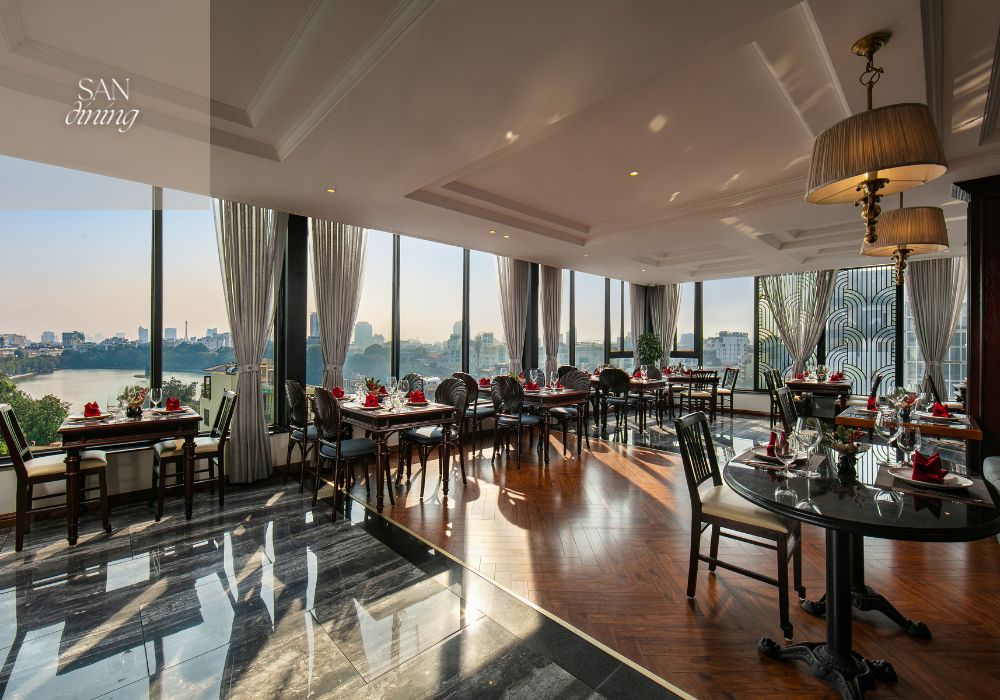Savor Authentic Asian Food With a Pan-Asian Spin for a Culinary Experience
Embarking on a culinary journey with authentic Asian cuisine, enhanced with a Pan-Asian twist, provides a distinct opportunity to discover the abundant tapestry of tastes that define the area's diverse cooking customs. As you ponder these tempting recipes, take into consideration the cultural narratives and historic influences that shape them, each bite using a tale waiting to be found. pan asian restaurant Islamabad.

Discovering Pan-Asian Flavors
In the world of global gastronomy, Pan-Asian cuisine stands out for its remarkable variety and the unified interaction of flavors from different Oriental societies. This culinary strategy commemorates the unique components and abundant customs discovered throughout the continent, developing a tapestry of preferences that is both enjoyable and interesting. Trick to Pan-Asian cuisine is its capacity to balance different flavors-- pleasant, salty, spicy, and sour-- while highlighting the freshness and top quality of each active ingredient.
From the umami-rich soy sauce of Japan to the intense chili peppers of Thailand, Pan-Asian food offers an extensive palette of flavors. These elements are commonly incorporated in inventive means, boosting meals with layers of complexity. For example, the usage of great smelling herbs such as lemongrass and cilantro, common in Vietnamese and Thai food, adds a refreshing illumination to dishes, while the consolidation of coconut milk provides a luscious, abundant texture.
The focus on fresh produce and fragrant seasonings makes sure that each dish is not only a feast for the palate however additionally for the detects. Pan-Asian cuisine invites restaurants to embark on a cooking trip, checking out the huge and varied landscapes of Asian gastronomy with every bite.
Combination Meals to Try
While Pan-Asian cuisine is celebrated for its traditional flavors, the contemporary cooking landscape is progressively accepting fusion meals that mix these classic elements with influences from other regions. This innovative technique not just honors the rich heritage of Oriental cookeries but likewise introduces unique preference experiences that interest modern tastes.
A prime instance of such a combination recipe is the Korean-Mexican taco, where marinated bulgogi beef is wrapped in a warm tortilla, covered with kimchi and a hot gochujang-infused salsa. This combination marries the strong, mouthwatering tastes of Korea with the vibrant, fresh aspects of Mexican food. Similarly, sushi burritos have actually acquired appeal, joining together the delicate creativity of Japanese sushi with the hearty, hand-held comfort of a burrito, frequently including blend ingredients like tempura shrimp and avocado with a drizzle of wasabi mayo.
One more noteworthy dish is Thai curry ramen, which instills the luscious, aromatic seasonings of Thai curry into the reassuring brew of standard Japanese ramen, creating a harmonious mix that entices the senses. These combination meals extend past plain uniqueness; they represent a culinary discussion in between cultures, encouraging exploration and advancement on the planet of Pan-Asian food.
Necessary Ingredients and Flavors
To truly appreciate Pan-Asian food, one have to understand the necessary components and spices that create its foundation. This diverse culinary design draws from an abundant tapestry of Eastern traditions, utilizing an unified blend of tastes and textures. Secret components include soy sauce, fish sauce, and oyster sauce, which pass on a full-flavored umami depth crucial to Oriental meals. Corresponding to these are rice vinegar and mirin, offering a fragile acidity and sweetness.
Aromatic components are critical, with lemongrass, garlic, and ginger being ubiquitous across numerous Pan-Asian dishes. These components offer an aromatic base that improves the complexity of flavors. Flavors such as celebrity anise, cardamom, and cinnamon introduce warmth and personality, resembling impacts from regions like China and India.

Food Preparation Methods and Tips
Grasping the art of Pan-Asian food needs knowledge with its distinct food preparation methods, each adding to the dynamic tapestry of tastes this cooking tradition is celebrated for. find here Central to these techniques is the stir-fry, a rapid cooking strategy that preserves the dietary integrity and vivid shades of components. Using a wok, the stir-fry technique enables also heat distribution, necessary for accomplishing the characteristic appearance and flavor balance of Pan-Asian recipes.
Another essential strategy is steaming, especially prevalent in Chinese food. This mild approach maintains the natural flavors and nutrients of ingredients, making it ideal for fish and shellfish and veggies. Dumplings, a cherished staple, frequently gain from steaming, leading to soft, succulent structures.
Grilling, additionally essential, imparts great smoky midsts to dishes such as Oriental bulgogi or Japanese yakitori (Chinese food Islamabad). This method typically entails marinading ingredients, enabling tex mex near me flavors to pass through deeply before cooking over an open fire or warmer
Lastly, mastering the art of stabilizing tastes-- sweet, sour, salty, bitter, and umami-- is essential. Properly layering these elements can elevate a meal from common to phenomenal, offering a complicated and pleasing cooking experience that personifies the significance of Pan-Asian cuisine.
Dining Experiences Worldwide
Around the world, Pan-Asian cuisine uses an unmatched eating experience, commemorated for its rich tapestry of tastes and vibrant presentations. This culinary phenomenon has actually gone beyond cultural boundaries, capturing the hearts and tastes buds of food fanatics worldwide. In worldwide cities like New York, London, and Sydney, Pan-Asian dining establishments work as melting pots where cooking customs from Thailand, Japan, China, and beyond merge, giving diners with a diverse mix of meals that highlight the area's diversity.
The international appeal of Pan-Asian cuisine hinges on its ability to offer both authenticity and innovation. Cooks masterfully wed standard components such as lemongrass, soy sauce, and miso with modern strategies, resulting in dishes that are both acquainted and refreshingly new. This fusion permits diners to get started on a cooking journey that appreciates heritage while accepting modernity.
Moreover, dining experiences are boosted via thoughtfully created settings that mirror the values of Pan-Asian looks. From minimalist Japanese-inspired interiors to vibrant Thai-themed rooms, you could try this out each restaurant provides an unique ambiance that matches the culinary offerings. Therefore, patrons are not merely taking in a meal but partaking in a social experience, making Pan-Asian dining an absolutely global phenomenon.
Conclusion
The exploration of Pan-Asian food supplies a profound understanding of the intricate interaction of tastes and cooking practices across Asia. By welcoming fusion meals such as Thai curry ramen and sushi burritos, the culinary trip not just highlights the versatility of conventional ingredients but likewise showcases innovative modern-day techniques. This gastronomic adventure, enhanced by crucial flavors and cooking methods, gives an one-of-a-kind opportunity to value the social diversity and cooking artistry that define Pan-Asian food on a global scale.
Embarking on a cooking journey via genuine Asian food, improved with a Pan-Asian spin, uses an one-of-a-kind possibility to explore the abundant tapestry of flavors that specify the region's varied culinary traditions.In the world of international gastronomy, Pan-Asian food stands out for its exceptional variety and the harmonious interaction of flavors from different Eastern societies. Key to Pan-Asian food is its capacity to balance contrasting flavors-- wonderful, salted, spicy, and sour-- while highlighting the freshness and high quality of each component.
